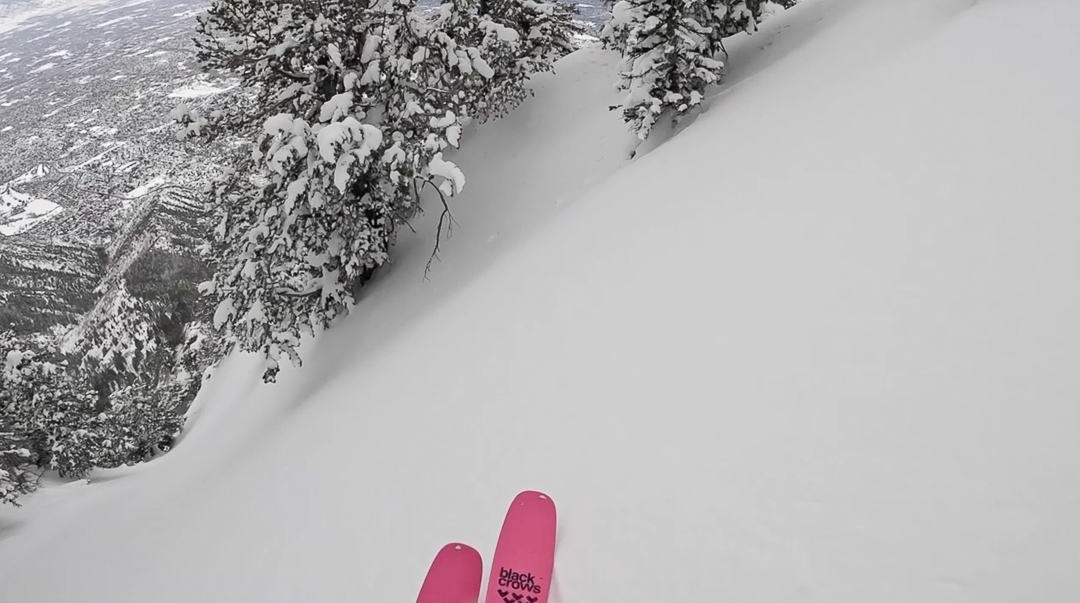In a 1964 article in the Times, the idea that humans have more than five senses is explored. The article shakes and bakes in the opener with this description: “One of the most striking observations has been one of the most recent—the very strong possibility that some human beings may be able to see with their fingertips.”
Fingertips. Actually seeing from fingertips. Outlandish. Maybe not; we’re not going down this rabbit hole. Hang with me here—it relates to backcountry travel. Every community has the avalanche guru. The sorcerer/sorceress who, like the person who detects color with the fingertips, has an extra sense to detect snow instabilities.
I’m here to tell you that moving through the mountains is a mentally engaging activity. And to do so safely takes years of experience, mentors modeling good judgment and best practices, education, and even more experience. If there is a sixth sense, it is developed over time. And still, if you think you have this sixth sense, look up the word hubris. This is all to say that ski cutting, although it may be glorified at times, can be an effective tool to reduce hazard by mitigating an avalanche. Proceed with caution—there’s no sixth sense involved with the ski cut—it requires prudence.

Let’s ground ourselves first with these words from a 2018 ISSW paper titled “Perspectives on Ski Cutting,” by John Stimberis:
“The ski cut itself is very dependent on the terrain and current snow conditions. Those involved with reducing slope scale hazard by intentionally releasing avalanches rarely enter the given situation without a strong working model of the current avalanche problem. These practitioners not only understand the avalanche type, but also the nuance of where it exists within the terrain. This working knowledge comes from an ongoing understanding of the local snow and weather conditions, and also the history of avalanches within their local terrain.”
In a few sentences, Stimberis underscores coming into the mountain theater with deep background knowledge. A ski cut is not and should not be your first data input for understanding the snowpack. Further, what I’m presenting here are some general rules I adhere to and teach in upper level avalanche courses as it relates to ski cutting as an avalanche mitigation technique.





